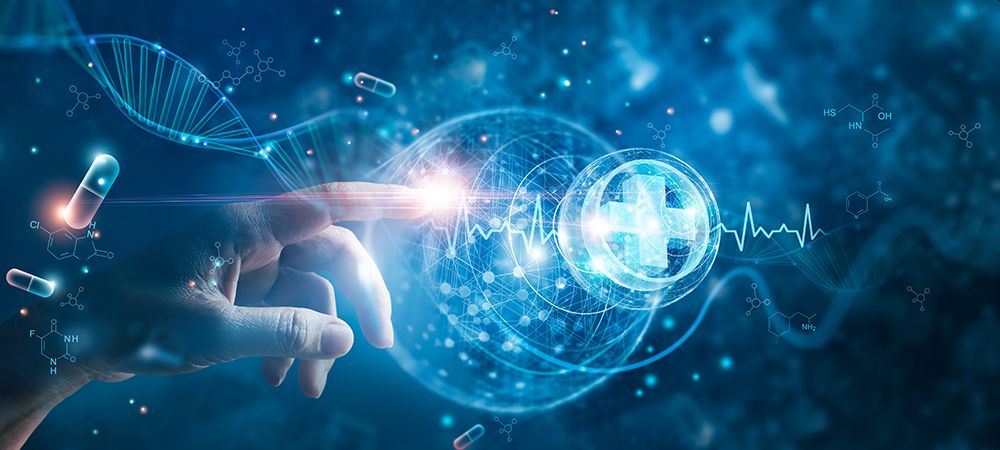
23 Apr THE LAB OF THE FUTURE: LABORATORY SCIENCE EVOLVES
The landscape of scientific research is ever-changing. As we skip ahead and look to tomorrow, facilities and service providers must adapt and evolve to meet the growing demands of a rapidly advancing world. Noting this, the future of laboratories and lab equipment promises to revolutionize the way we conduct research and explore the unknown. Cheers, as they say, to a new world of scientific discovery.
From the get go, we shouldn’t be surprised by the field’s increasing adoption of automation and artificial intelligence (AI). Automated lab equipment, such as liquid handling systems, high-throughput screening platforms, and robotic sample handlers, can perform repetitive tasks with precision and speed, reducing the potential for human error and freeing up researchers to focus on more complex aspects of their work.
Smart algorithms can also be used to analyze large datasets and identify patterns that may not be apparent to human researchers, accelerating the pace of discovery and opening up new avenues of investigation. Furthermore, machine learning can optimize experimental design and data analysis, increasing the efficiency and accuracy of scientific research.
Incorporating automation and AI into the laboratory setting can also facilitate collaboration and enable remote access to lab equipment and resources. Researchers can share data and conduct experiments in real-time from anywhere in the world, breaking down geographical barriers and fostering global cooperation.
Likewise, as the world becomes more focused on sustainability, laboratories must reimagine their approaches to minimize environmental impact and conserve resources. The future of laboratories will likely see a shift towards greener practices, including the use of energy-efficient equipment, waste reduction strategies, and sustainable materials.
Energy-efficient lab equipment, such as low-energy fume hoods, LED lighting, and environmentally friendly heating and cooling systems, can majorly reduce a lab’s energy consumption and carbon footprint. In addition, implementing waste reduction strategies, such as recycling, reusing consumables, and adopting the principles of green chemistry, can contribute to a more sustainable laboratory environment.
Advancements in virtual reality (VR) and simulation technology have the potential to redefine the future of laboratories and lab equipment as well. Virtual laboratories can simulate a wide range of experiments and scenarios, enabling researchers to test hypotheses, develop new techniques, and improve their skills in a risk-free environment.
Virtual labs also offer chances to provide remote access to resources, allowing researchers to collaborate and conduct experiments without the need for physical lab space or equipment. This strategy not only reduces costs but also minimizes the consumption of valuable resources, such as energy and materials.
Simulation tools will also play a crucial role in the education and training of the next generation of scientists, providing hands-on experience and fostering a deeper understanding of complex scientific concepts.



